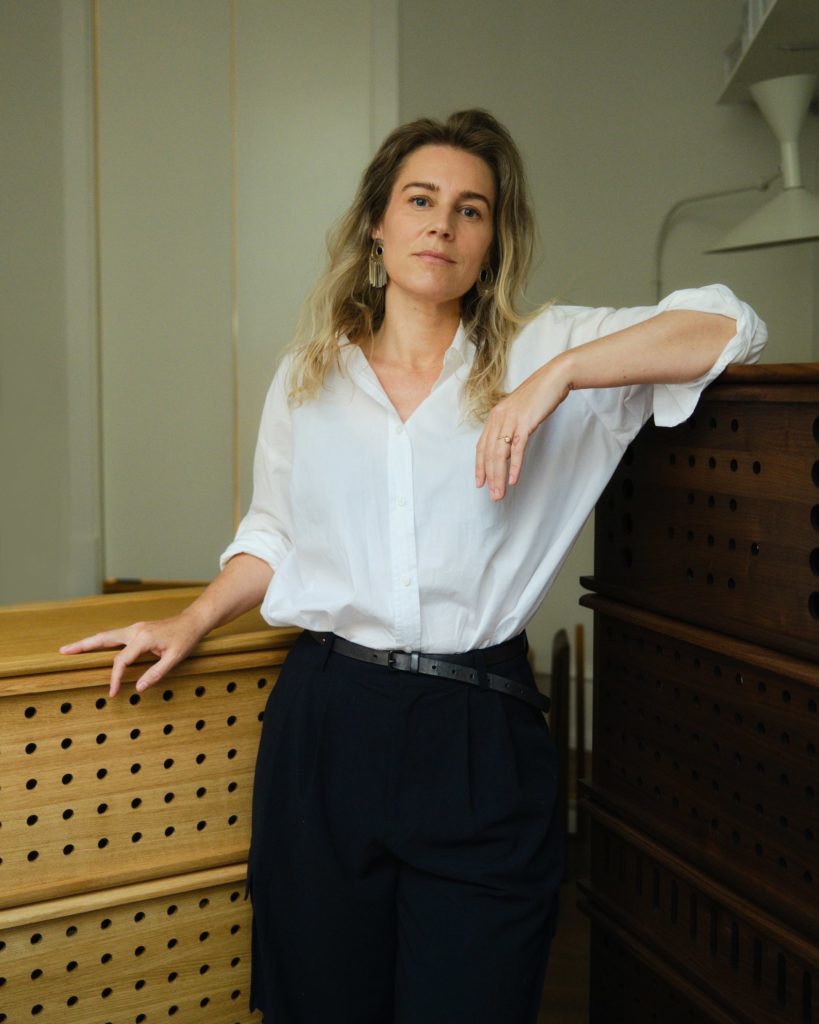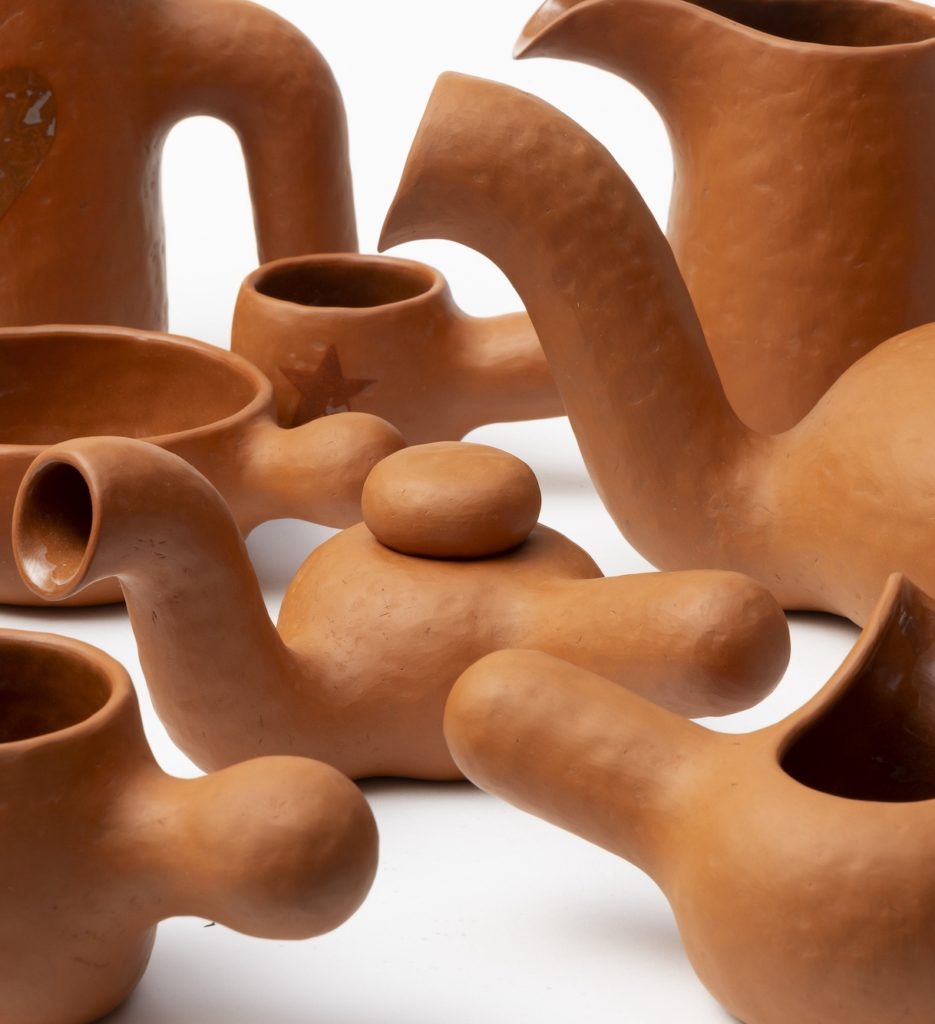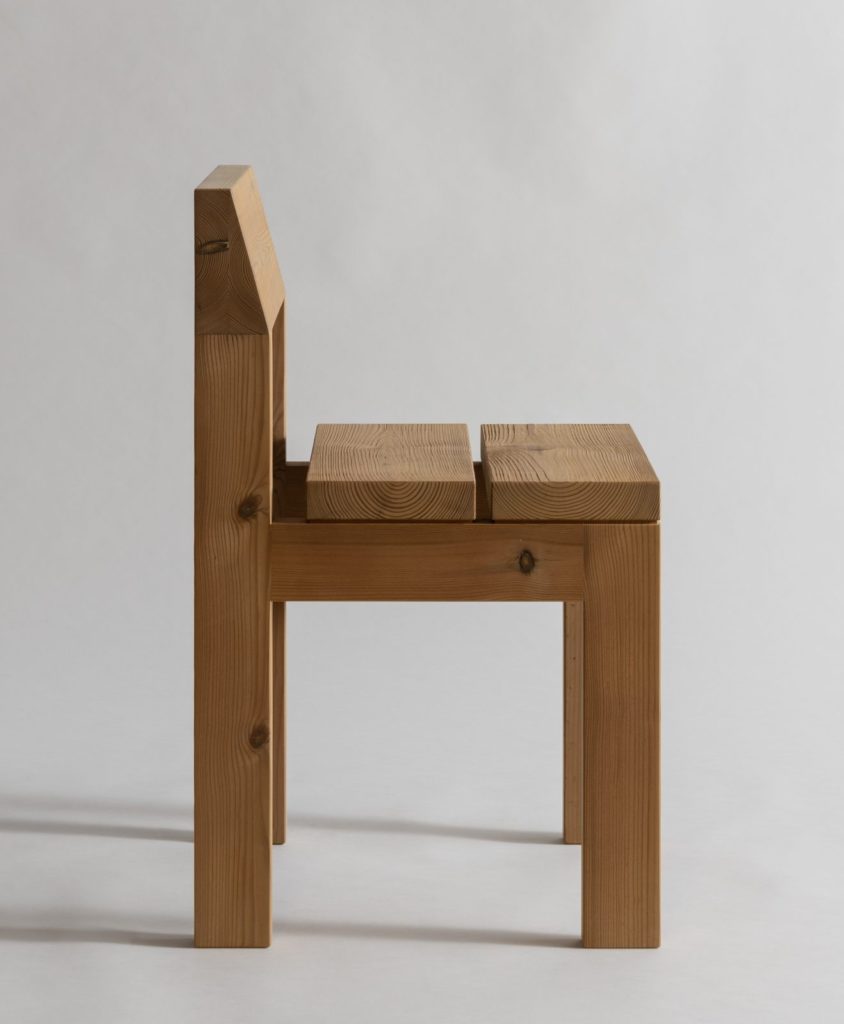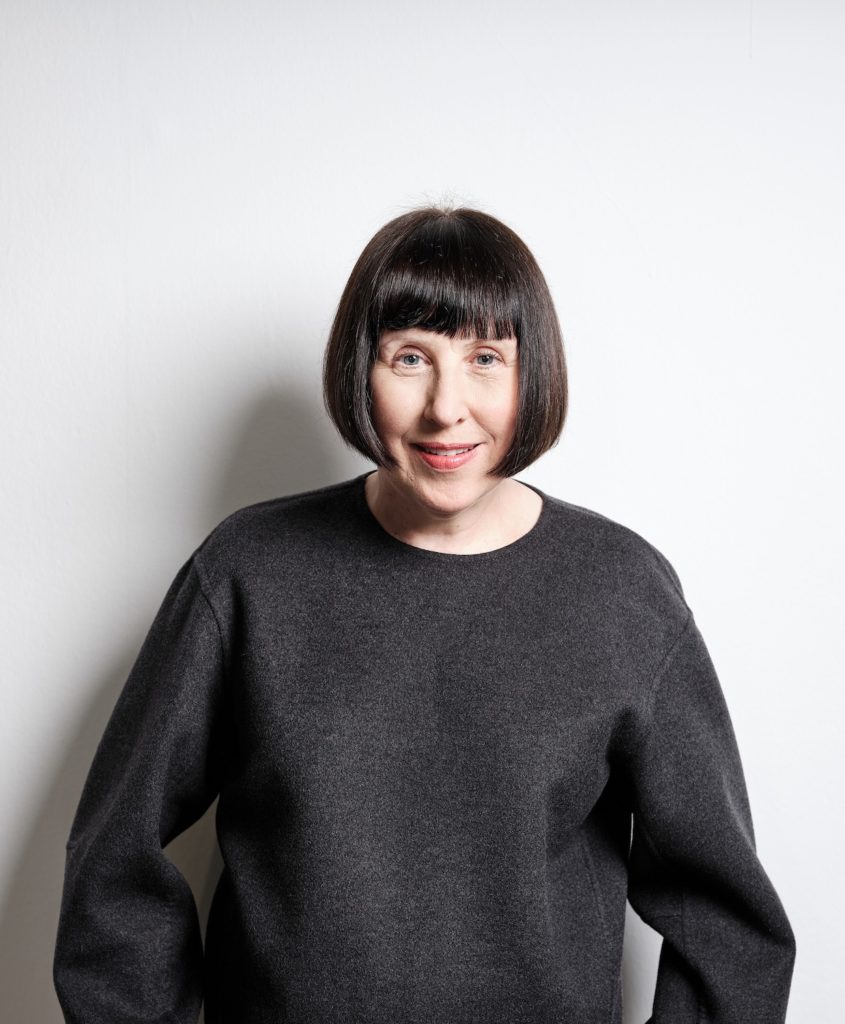91-92: New ways of approaching 3D printing
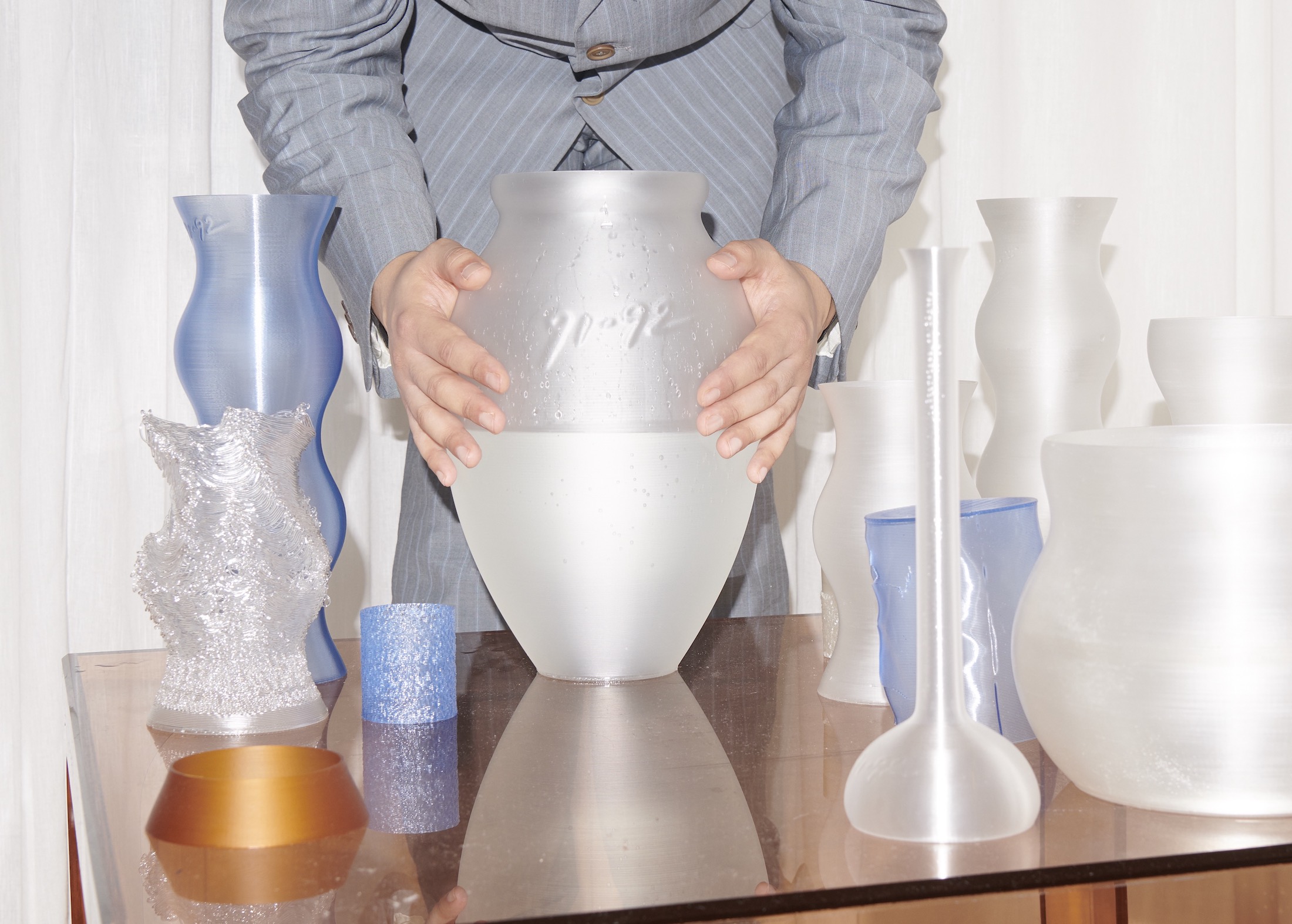
With the fledgling studio’s foundation only one year ago, ninetyoneninetytwo (91-92) has quickly garnered a local following based on a key set of principles. Truly contemporary in their outlook and execution, the studio creates a range of 3D printed products from recycled plastic filament, conscientiously manufactured to create a growing collection of captivating products that have a minimal impact on the environment.

Based in Copenhagen, the studio’s founders have used their diverse educational backgrounds to drive their shared passion. Studying industrial design at Design School Kolding, Zeyu Rong has brought years of experience from a number of Danish design companies into 91-92, while Weibo Sun studied management at the Copenhagen Business School. What the duo have in common is a clear vision for a new direction in design and manufacturing:
“The main concept behind 91-92 is that of a brand and studio that is 100% focused on sustainability. From the use of the 3D printing technology to the recycling of materials, minimal packaging and up-cycling, everything that happens at 91-92 has the purpose of reduction and reuse”.
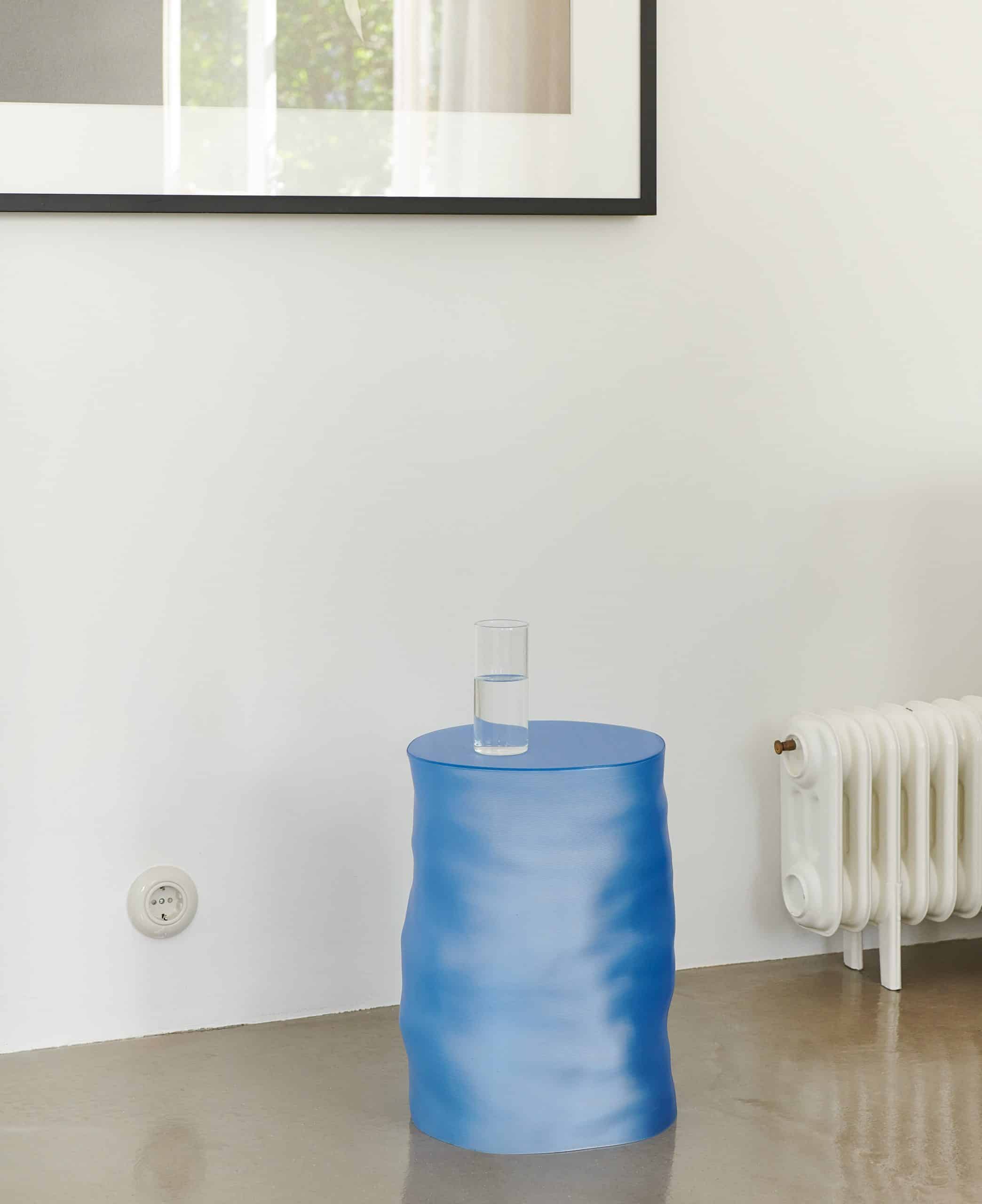
This approach always starts with material, and 91-92 are committed to using 100% recycled plastics in all their products. Their approach to manufacturing however, is not only what makes their products visually unique, but also acts as a great reminder to industry of how to design intelligently – with the environment front of mind. While most 3D printed products require supports when being produced (3D printed posts that prevent the print from collapsing, which are then discarded) 91-92 works on a range of approaches to avoid these supports during production. Presented as part of The Mindcraft Project 2021, the Ctenophora Vase utilizes a flowing organic form that can be produced with zero excess material, while their Echinoidea Bowl has a rough, fragmented form developed through the studio’s meticulous experiments into new ways of approaching 3D printing. Focusing on this one technology has it challenges, but also its benefits – as 91-92 explains;
“The process from concept to the final manufactured product is never an easy process. Actually, we still sketch a lot before starting to build things digitally. There are multiple tests until we get to a stage where we are satisfied. This is also the benefit that 3D printing has brought us, making mistakes, making adjustments, and making things better“.
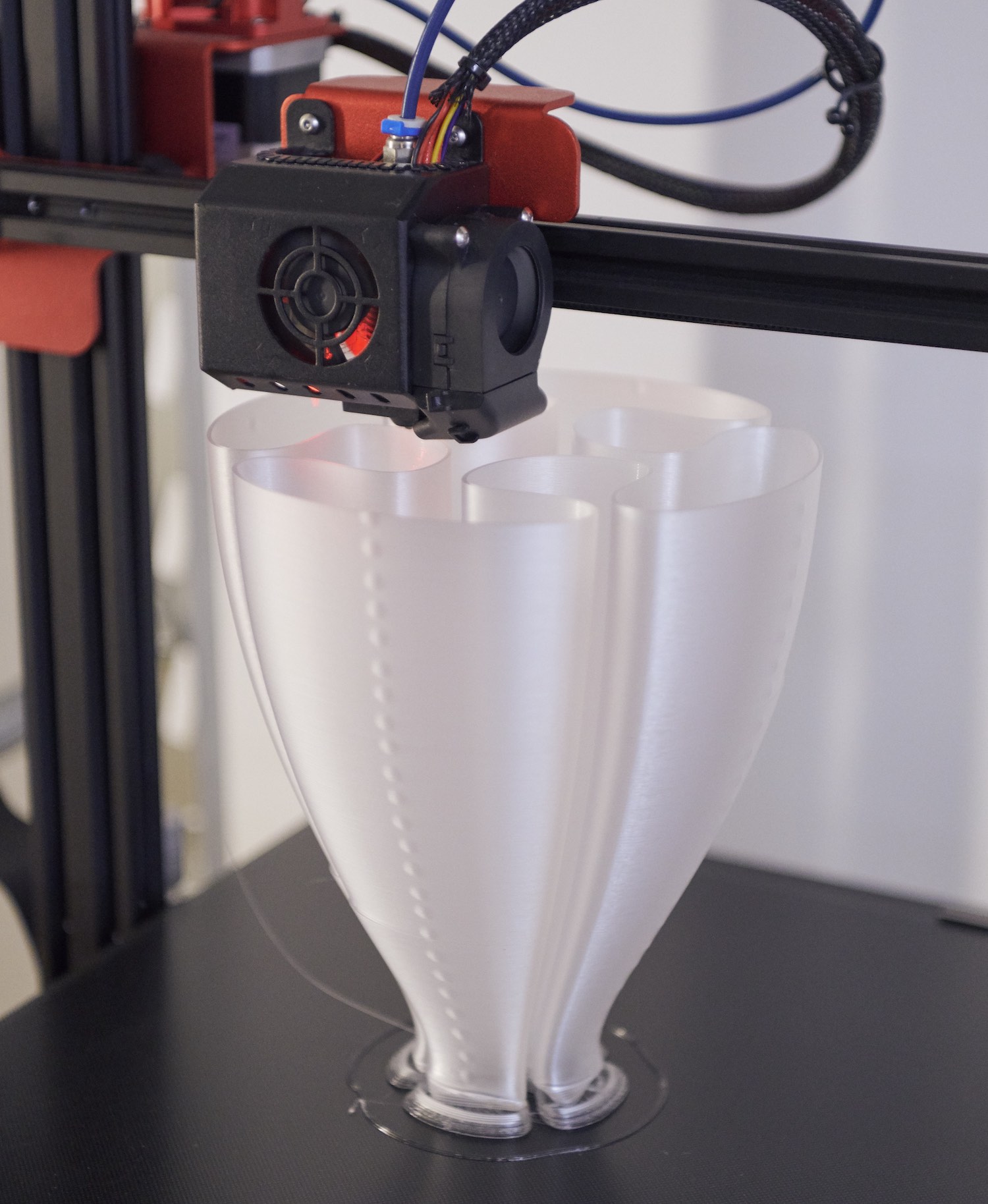
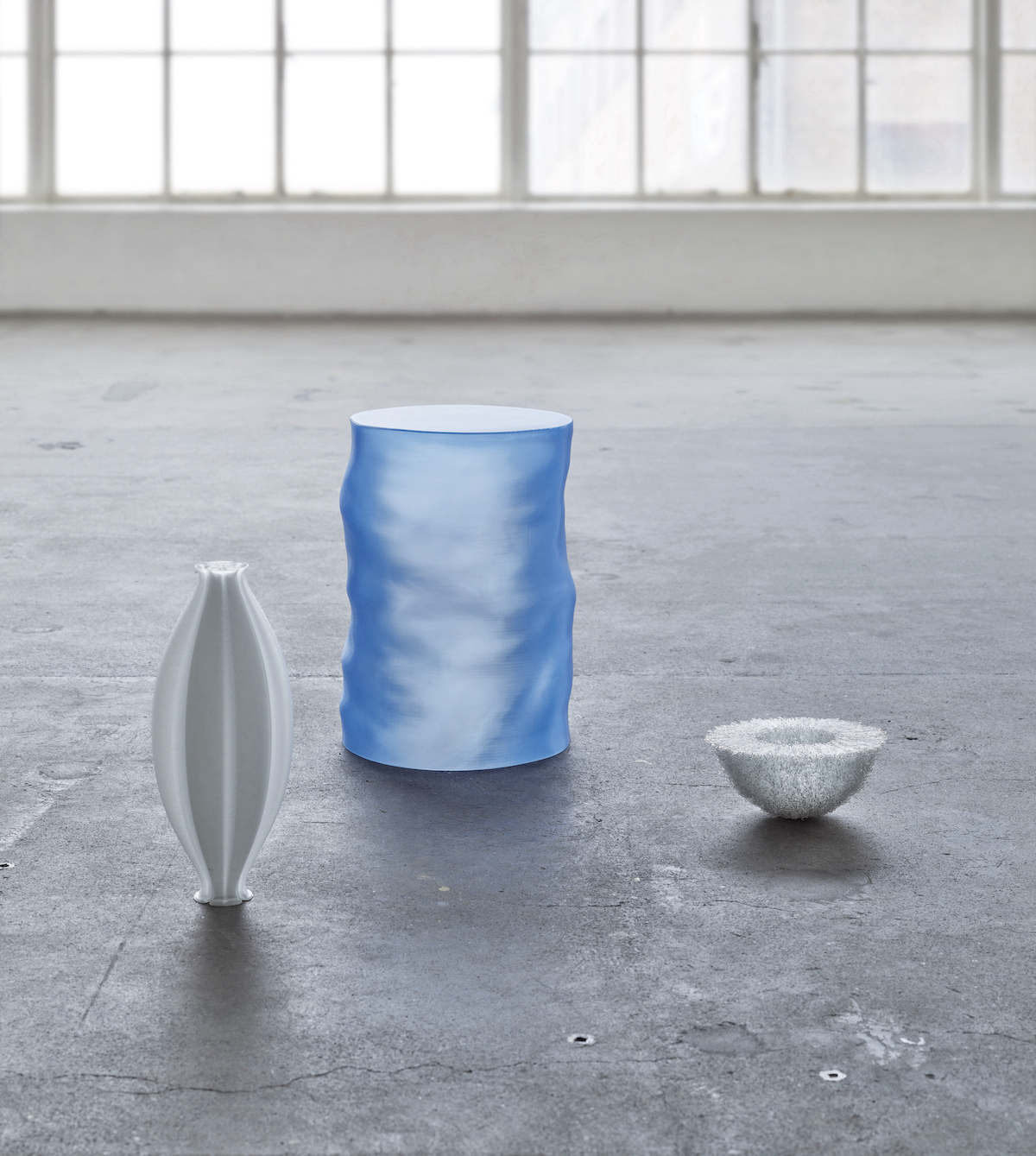
It is with this ability to constantly test and improve their production that has also led to a number of recent collaborations with local fashion brands such as Rains and GANNI. Developing the VASES VASE collection for GANNI, the studio morphed their original vase designs, Plastic Surgery and 1st Century A.D. into a collection of five vases that feature a stylized GANNI logo across their exterior. For Rains SS22 fashion show, 91-92 created a 3D printed invitation during Copenhagen Fashion Week, in the form of a tape cassette. Both projects present the vast customization capabilities of the medium whilst presenting the printing filament in its raw form, free from colour or decoration – another key aspect in their approach to design and manufacturing;
“Typical surface finishing for 3D printing includes sanding, painting, vapor smoothing and epoxy coating. We have decided to avoid these processes to reduce unnecessary waste and pollution. Through our processes, intended surface quality is achieved by optimizing the design and playing with the printing parameters”.
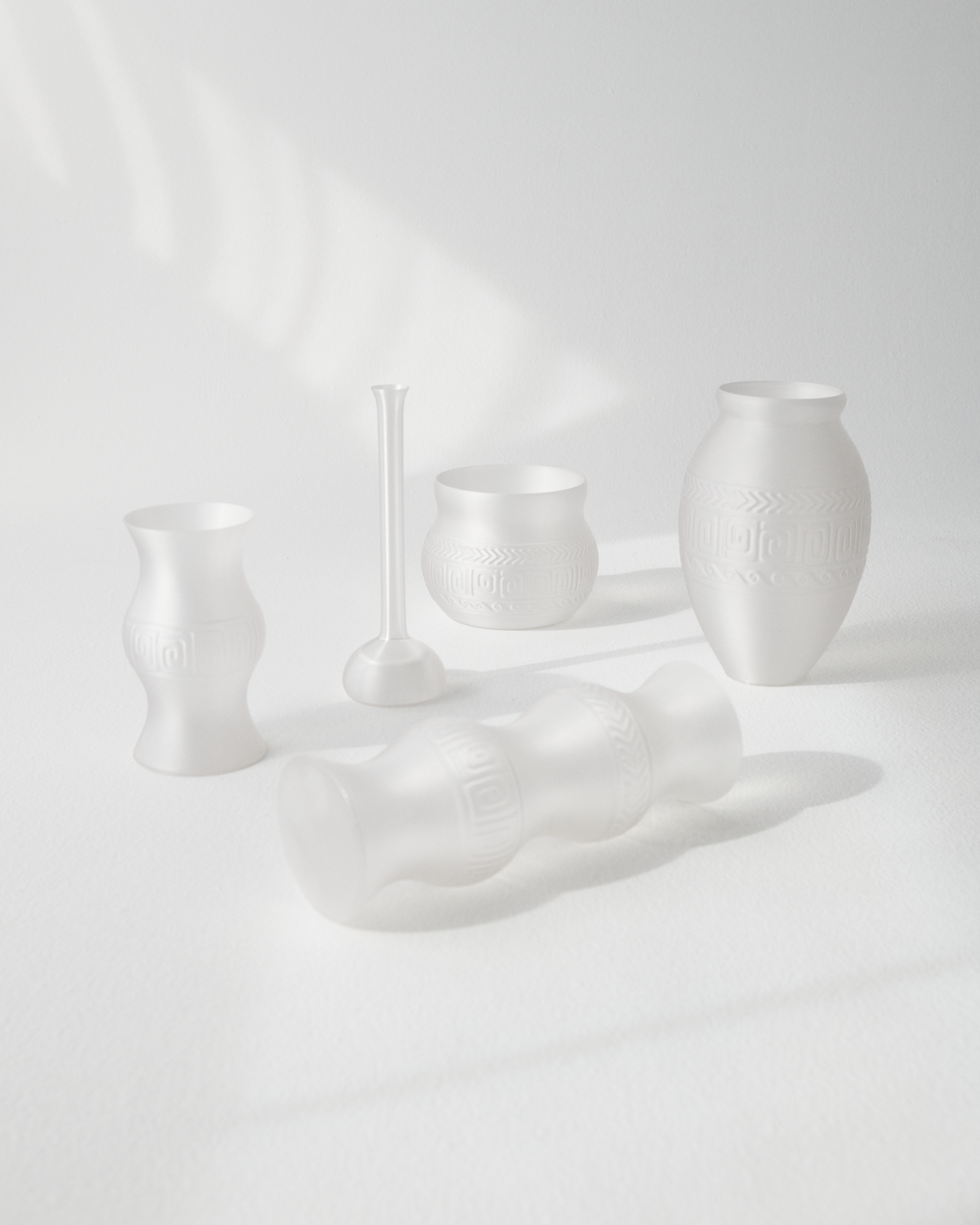
With a clear intention of creating the most environmentally sustainable products they can, 91-92 is looking to improve further on their environmental credentials into the future. Whilst scaling up both the size of their objects and production capabilities to enhance their existing ability to produce on demand, the duo is also looking at ways to incorporate ocean plastics into their products for the first time. Expanding into new fields from fashion and furniture to the food sector, they approach the unique positioning of their studio as a way to inform other companies of a more environmentally conscious way to approach business. An approach that truly unites form and function around a common goal of giving back to the environment.
